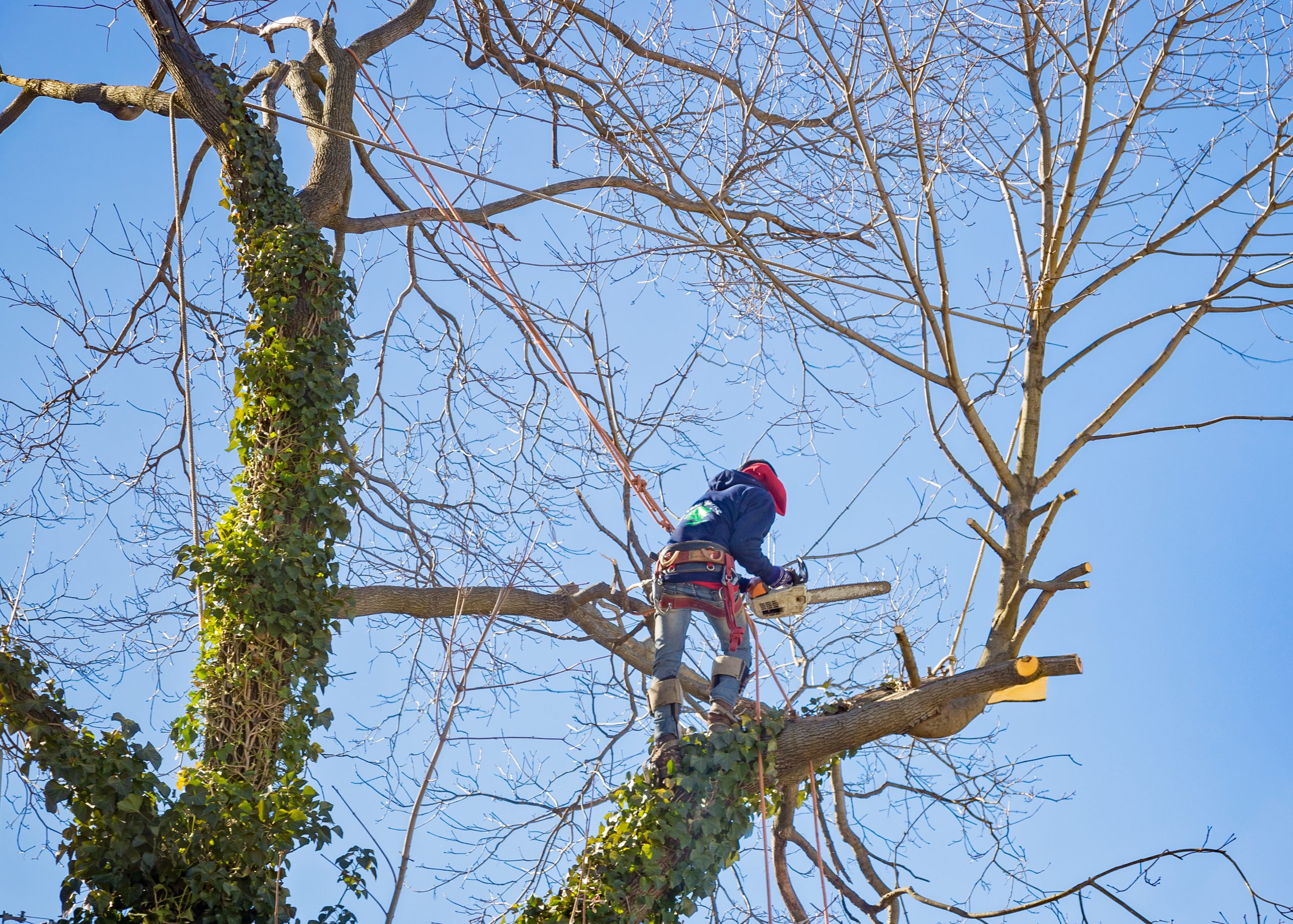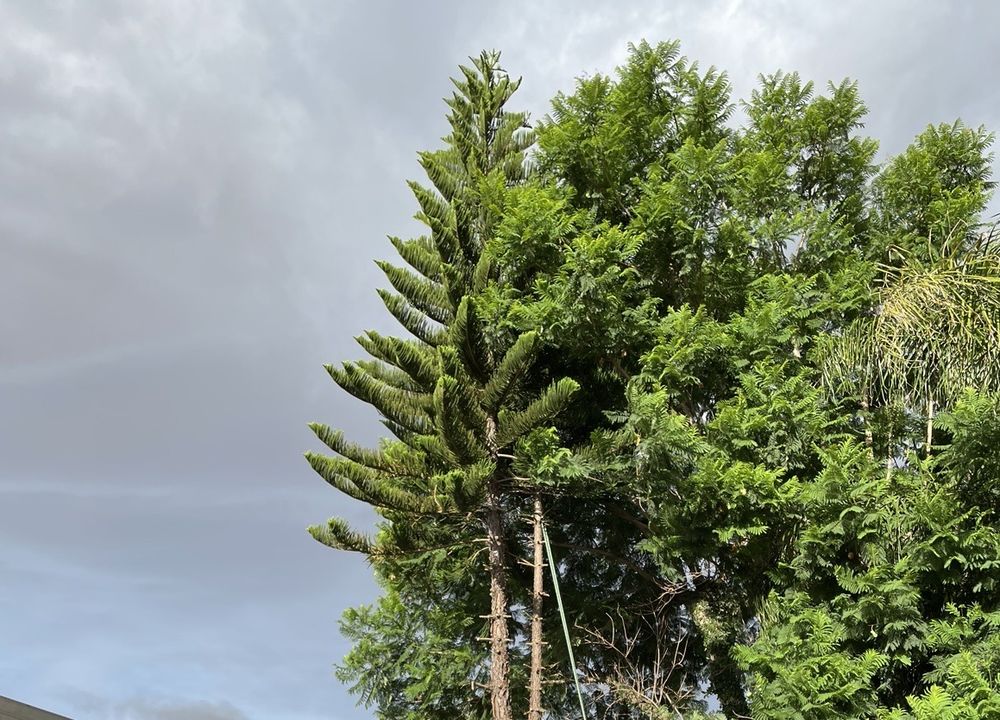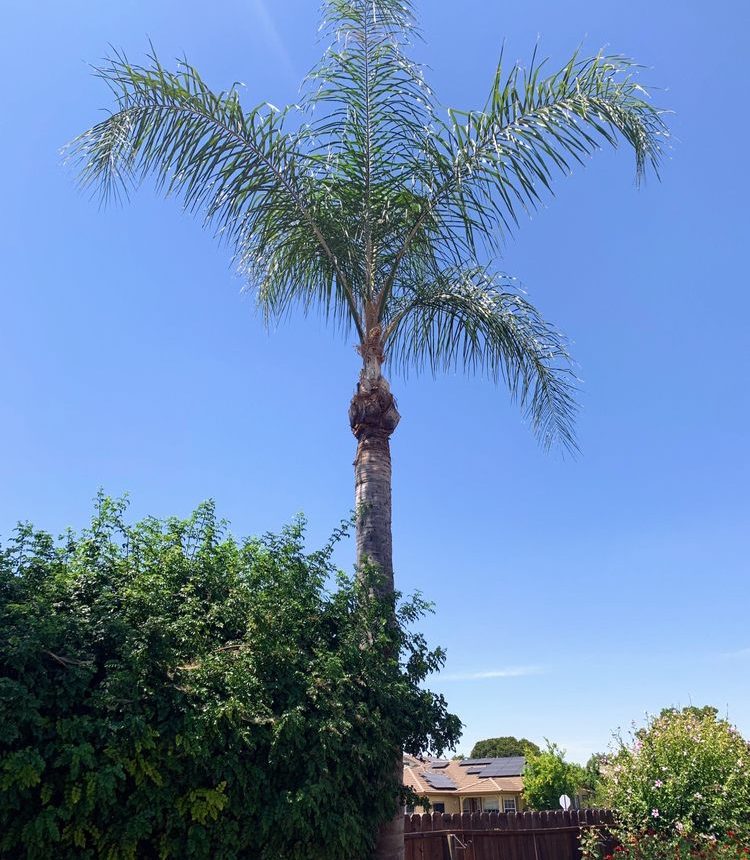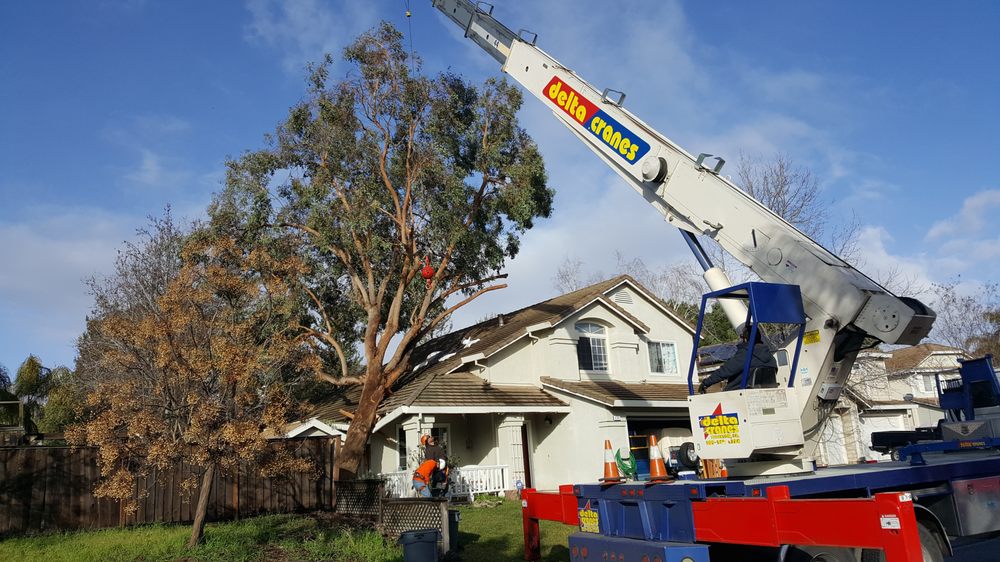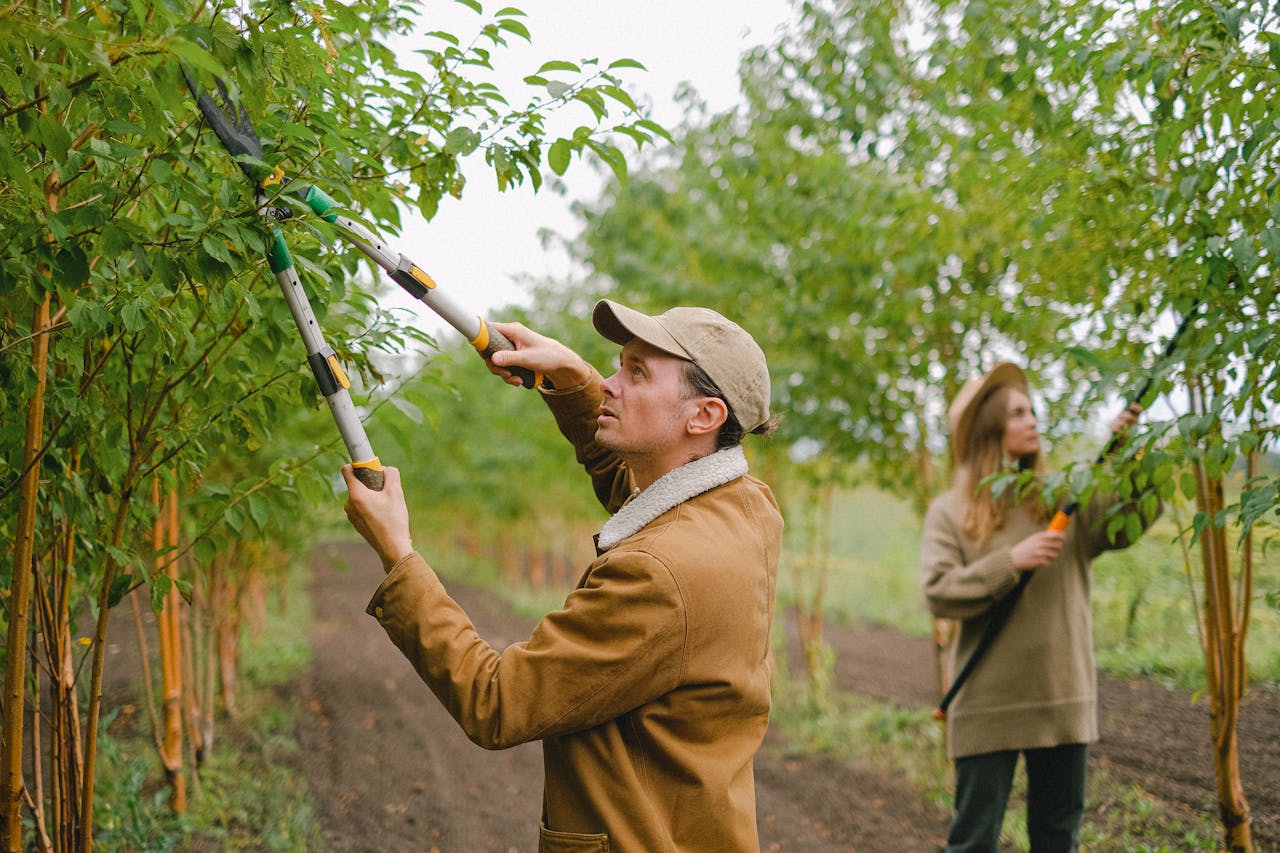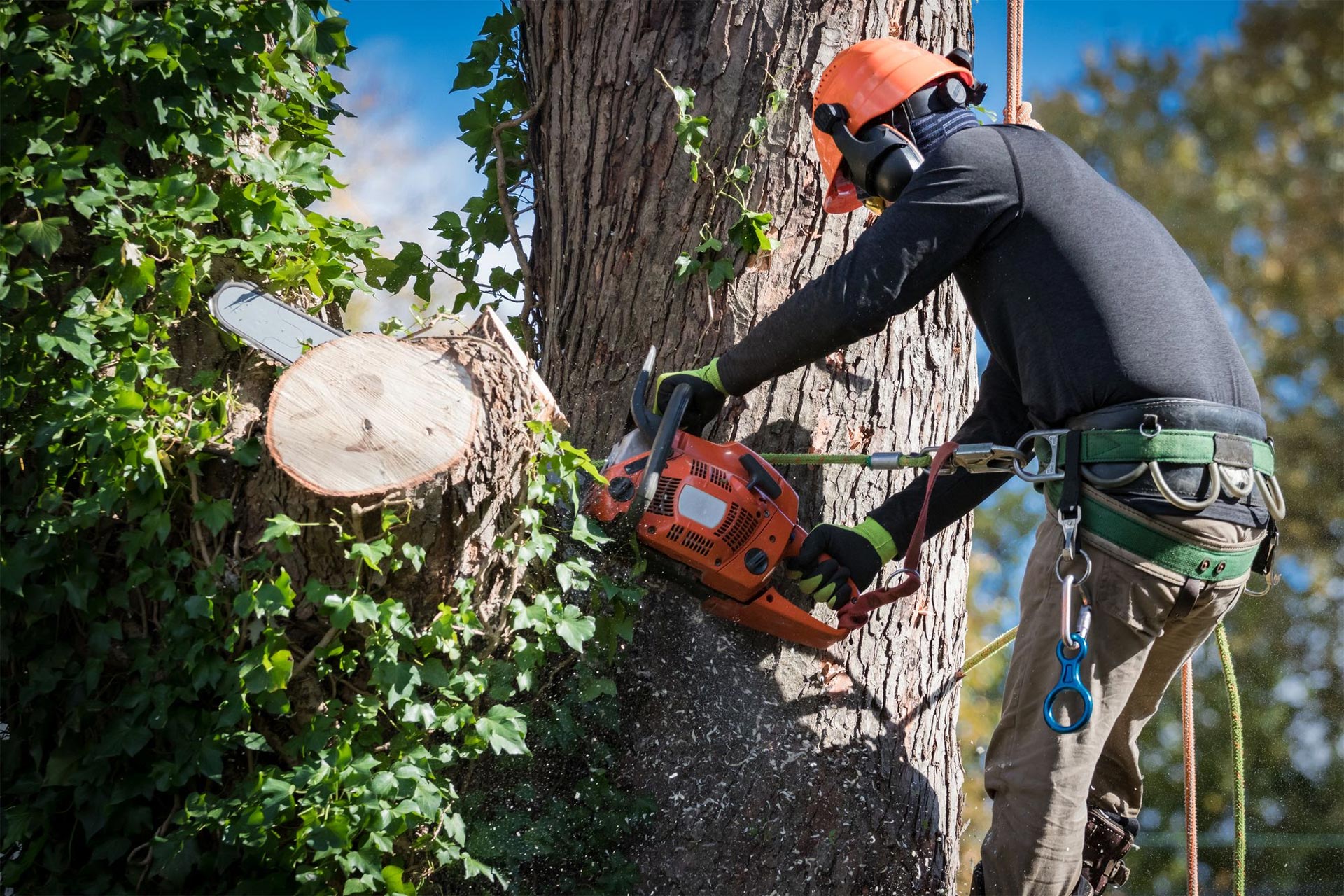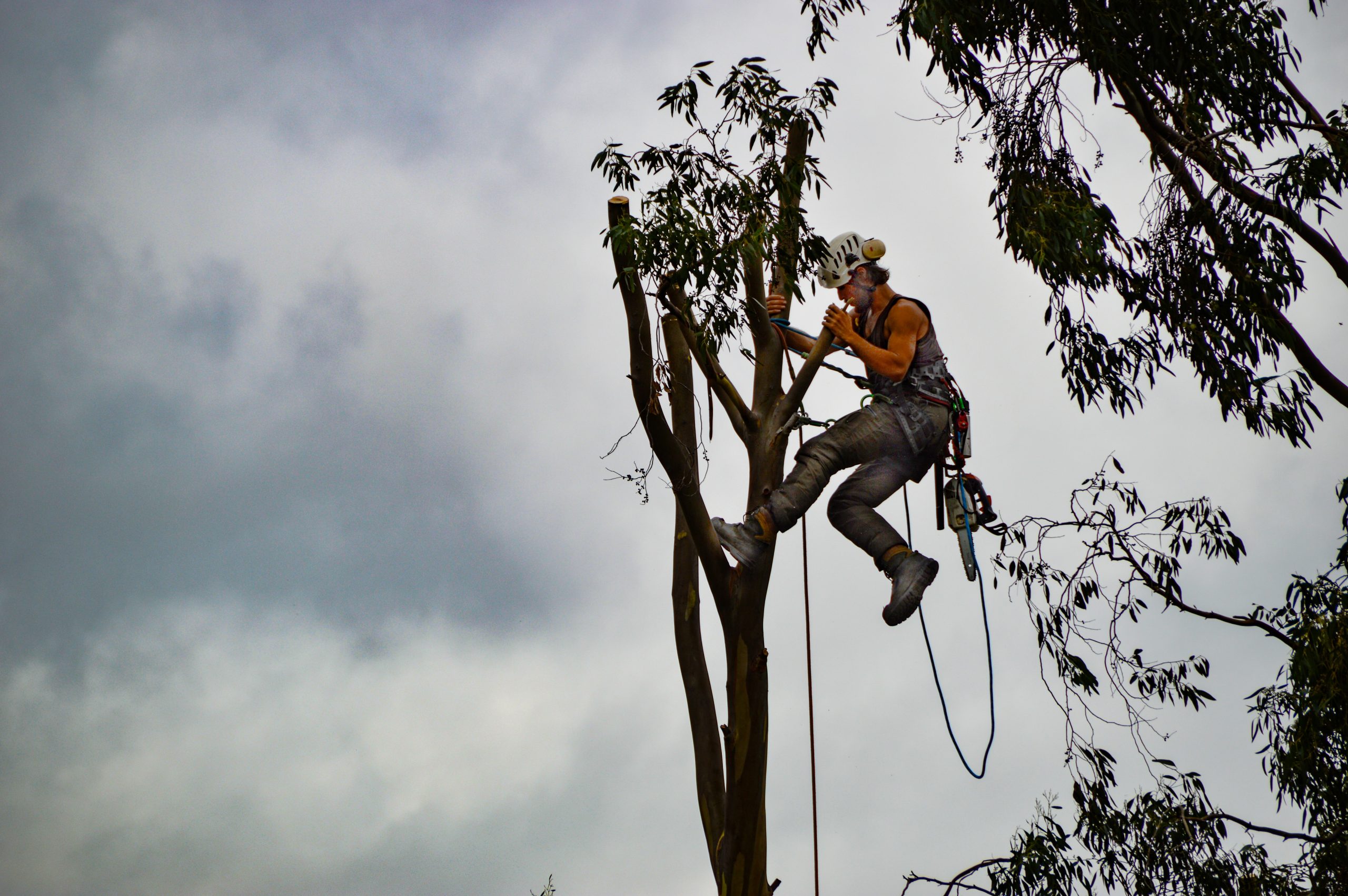Understanding the difference between tree trimming and tree removal, cutting dead branches and live branches, is crucial for maintaining the health and aesthetics of your landscape. While both services involve working on trees, certified arborists can make a difference by removing dead branches, and land clearing may impact your property differently. Tree trimming focuses on pruning and shaping trees to promote growth and enhance appearance, whereas tree removal involves cutting down an entire tree due to disease, safety hazards, or space constraints. By knowing when tree services, such as tree cutting, are necessary, you can make informed decisions to keep your outdoor space and healthy trees thriving.
Understanding The Basics
A. Tree Trimming Explained
Tree trimming is essential for maintaining the health and aesthetics of trees in your yard. It involves tree cutting, and removing dead or overgrown branches to promote the growth of a healthy tree and enhance sunlight penetration. Skilled cutting job by professionals with equipment ensures minimal damage to the tree.
- Proper tree trimming encourages healthy growth by allowing nutrients and sunlight to reach all parts of the tree.
- Regular trimming can improve the tree’s overall appearance and reduce the risk of falling branches during storms.
- Choosing the right pruning techniques, such as crown thinning or crown raising, is crucial to prevent damage and disease spread.
B. Tree Removal Overview
In certain situations, cutting complete tree removal becomes necessary when a tree is severely damaged or poses a safety hazard. Opting for tree removal over trimming is crucial for various reasons, including:
- Trees that are diseased beyond recovery or severely damaged by storms may require complete removal to prevent further spread of infection.
- When a tree’s roots pose a threat to structures or underground utilities, cutting the entire tree is often the safest solution.
- Tree removal is essential for safety reasons, especially if a tree is leaning dangerously close to a building or showing signs of instability.
Key Differences Between Trimming And Removal
A. Purpose And Goals
Tree trimming aims to enhance tree health, promote growth, and maintain a desired shape. Professionals assess the tree’s condition to decide on the best trimming techniques. The primary goal of cutting tree removal is to eliminate dead, diseased, or hazardous trees from a property.
Tree care experts determine the purpose of each service by conducting a thorough inspection of the tree. They consider factors such as health, structural integrity, and aesthetic appeal to recommend either tree cutting, tree services, trimming or removal. The goals of tree trimming focus on improving overall tree health and appearance, while tree removal aims to eliminate potential risks.
B. Process And Techniques
The step-by-step process of tree pruning involves assessing the tree’s condition, identifying the branches to trim, making precise cuts, and ensuring proper disposal of cut branches. Various techniques such as crown thinning, crown raising, and crown reduction are used in tree trimming to achieve specific objectives.
In contrast, tree removal entails a more extensive process that includes assessing the tree for safety hazards, cutting it down safely, removing the stump if necessary, and cleaning up the debris. While tree trimming focuses on selective branch removal to improve health and aesthetics, tree removal involves complete elimination of the tree.
C. Time And Frequency
Ideal timing for tree trimming varies depending on the season and the specific needs of the tree. For most species, late winter or early spring is recommended to promote new growth. The frequency of tree trimming depends on factors like tree age, species characteristics, and growth rate.
Different species require varying levels of maintenance; fast-growing trees may need more frequent trimming compared to slow-growing ones. Establishing regular tree maintenance schedules ensures that trees remain healthy, reduces risks of disease or pest infestations, and enhances their longevity.
Deciding Between Trimming And Removal
A. Assessing Tree Health
Professionals assess tree health by examining foliage, branches, and trunk for signs of disease or damage. They look for symptoms like dead branches, discolored leaves, or decayed areas. Early detection is crucial to prevent further deterioration and determine if trimming, tree cutting, or removal is necessary.
Indicators that a tree might need trimming include overgrown branches that pose a risk of falling and obstructed views. Conversely, signs that removal may be necessary include extensive decay, structural weakness, or diseases that cannot be treated effectively. Prompt action based on these indicators can help maintain the overall health of the tree.
Early detection in tree health assessment is vital as it allows for timely intervention to address issues before they escalate. By identifying problems early on, professionals can implement appropriate measures such as pruning or treatment to preserve the tree’s well-being.
B. Considering Aesthetics
Aesthetics influence tree trimming decisions by focusing on shaping trees for visual appeal while maintaining their health. Trimming helps control growth patterns, enhance symmetry, and improve the overall appearance of trees in a landscape setting. However, excessive trimming can harm the tree’s health.
Tree removal can enhance the visual appeal of a property by eliminating unsightly or hazardous trees that detract from the landscape’s beauty. It creates space for new plantings, improves sunlight exposure, and enhances the overall aesthetics of the outdoor environment. Balancing aesthetics with tree health considerations is essential for sustainable landscaping practices.
The balance between aesthetics and tree health involves making informed decisions that prioritize both aspects simultaneously. It requires careful planning to ensure that any trimming or removal activities contribute to enhancing the landscape’s beauty while safeguarding the long-term vitality of existing trees.
C. Safety Concerns
Safety risks associated with diseased or damaged trees include falling branches, uprooting during storms, and potential property damage or personal injury. Tree trimming helps mitigate these risks by removing hazardous limbs and reducing weight distribution issues that could lead to instability.
Tree removal addresses safety concerns by eliminating structurally compromised trees that pose an imminent threat to people or property. By proactively addressing safety hazards through timely trimming or removal, homeowners can create a safer outdoor environment for themselves and their neighbors.
Safety should be a priority in tree care decisions to protect individuals from potential accidents caused by unstable trees. Regular assessments, maintenance practices like pruning, and professional guidance play key roles in ensuring that trees remain structurally sound and safe within their surroundings.
Benefits Of Tree Trimming
A. Health Improvement
Tree trimming promotes overall tree health by removing dead or diseased branches, allowing for better air circulation. Regular maintenance ensures trees stay healthy and strong over time. Pruning plays a crucial role in preventing the spread of diseases among trees.
B. Aesthetic Appeal
Trimming enhances tree appearance by promoting healthy growth and maintaining a pleasing shape. Removal can negatively impact property aesthetics by leaving gaps in landscaping. Aesthetics play a significant role in determining whether to trim or remove a tree.
C. Safety Enhancement
Trimming increases safety by eliminating weak or overhanging branches that could pose risks. Removal is necessary for trees beyond repair that pose safety hazards. Proactive safety measures like regular trimming and tree cutting are essential for ensuring property safety.
When Removal Is The Best Option
A. Dead Or Diseased Trees
Dead or diseased trees exhibit signs such as decaying bark, leafless branches, and fungal growth. These trees pose risks like falling limbs or complete collapse, endangering property and safety. Prompt action is crucial to prevent accidents and further damage.
Leaving dead trees unattended can lead to serious consequences, including property damage, injury, or even fatalities. The structural integrity of a dead tree weakens over time, increasing the likelihood of sudden failure. It is essential to address this issue promptly by opting for tree removal.
Taking immediate action when dealing with dead or diseased trees is vital. Delaying removal can result in unforeseen accidents that may cause significant harm. By prioritizing prompt action, property owners can ensure the safety of their surroundings and prevent costly damages.
B. Hazardous Location
Trees located in hazardous areas, such as near power lines or over structures, pose significant risks. Tree trimming may address safety concerns temporarily but does not eliminate the underlying hazards. In such cases, tree removal becomes necessary to mitigate potential dangers effectively.
Tree trimming in hazardous locations provides a temporary solution by reducing immediate risks. However, it does not address the root cause of the hazard posed by the tree’s presence in a critical area. Property owners must consider removing these trees to ensure long-term safety and prevent future incidents.
When considering tree removal in hazardous locations, factors such as proximity to structures and power lines must be carefully evaluated. Professional assessment and guidance are crucial in determining whether trimming or removal is the most appropriate course of action for ensuring safety.
C. Obstruction Issues
Tree obstruction on properties can hinder functionality by blocking sunlight, views, or pathways. Trimming trees strategically can help alleviate obstruction issues temporarily but might not provide a lasting solution. Addressing obstruction problems promptly is essential to maintaining property aesthetics and functionality.
Property functionality can be significantly impacted by tree obstruction if left unmanaged for an extended period. Trimming trees periodically can offer temporary relief from obstruction issues but may not resolve them entirely. It is important to address these problems promptly to avoid long-term inconvenience.
Promptly addressing tree obstruction issues ensures that properties remain visually appealing and functional. By taking proactive steps to trim or remove obstructive trees, property owners can enhance their outdoor spaces’ aesthetics and usability.
Potential Drawbacks To Consider
A. Trimming Risks
Improper tree trimming can lead to various risks. Inexperienced individuals may cause damage by cutting branches incorrectly. This can result in diseases or infections that harm the tree’s overall health. Hiring professionals for tree trimming services is crucial to ensure the tree’s well-being.
When it comes to trimming risks, it’s essential to understand that cutting branches improperly can expose the tree to diseases and infections, affecting its health negatively. Inexperienced individuals might not follow proper techniques, leading to long-term damage. Therefore, seeking professional help for tree trimming services is highly recommended.
- Lack of expertise can harm tree health
- Proper techniques are crucial for tree well-being
- Professional services ensure long-term tree health
B. Removal Complications
Tree removal involves potential complications that need consideration. Factors like tree size and location play a significant role in the process. Large trees or those close to structures pose higher risks during removal. Assessing these complications beforehand is vital for a smooth removal process.
Dealing with removal complications requires careful evaluation of factors such as tree size and proximity to structures. Large trees or those situated near buildings can present challenges during removal due to safety concerns. It’s crucial to assess these factors before initiating the removal process.
- Tree size impacts removal challenges
- Location near structures increases risks
- Assessment before removal is crucial
How To Choose The Right Service
A. Professional Assessment
Professional assessment plays a vital role in ensuring proper tree care. Experts assess tree health, stability, and risks.
They determine whether trimming or removal is necessary based on the tree’s condition. Seeking professional advice ensures safe and effective tree maintenance.
The benefits of professional assessment include accurate recommendations, minimizing risks, and promoting tree longevity.
B. Cost Consideration
The cost of tree trimming and removal depends on various factors like tree size, location, and complexity. Different services offer varying price ranges based on expertise and equipment used.
It is crucial to budget for tree care services to ensure proper maintenance without overspending. Comparing quotes from different providers helps in finding affordable yet quality services.
C. Long-Term Impact
Tree care decisions can significantly impact long-term tree health. Regular maintenance through trimming promotes healthy growth, reduces disease risk, and enhances aesthetics.
Investing in proactive tree care not only benefits trees but also adds value to properties. Well-maintained trees increase curb appeal, provide shade, and contribute to a greener environment.
Final Remarks
Now that you understand the differences between tree trimming and removal, you can make informed decisions based on your specific needs. Consider the benefits of tree trimming for maintenance and aesthetics, but also keep in mind the situations where tree removal might be necessary. Whether you choose to tackle the task yourself or hire professionals, prioritize safety and the health of your trees.
When it comes to caring for your trees, knowing when to trim or remove them is crucial. By weighing the advantages and disadvantages outlined in this guide, you can ensure the longevity and beauty of your landscape. Remember, regular maintenance is key to healthy trees and a safe environment for you and your loved ones.
Frequently Asked Questions
1. What Are The Key Differences Between Tree Trimming And Tree Removal?
Tree trimming involves cutting back overgrown branches to maintain the tree’s health and shape. Tree removal, on the other hand, is the complete extraction of a tree from its location. Trimming is more for maintenance, while removal is necessary for diseased or hazardous trees.
2. When Is It Better To Prune A Tree Rather Than To Removed?
Choose tree trimming when you want to enhance your tree’s appearance, improve sunlight penetration, or promote healthy growth. Regular trimming can also prevent potential hazards like falling branches. It’s a cost-effective way to maintain your trees’ health and aesthetics.
3. What Are The Benefits Of Professional Tree Trimming Services?
Professional tree trimming services ensure precision cuts that promote healthy regrowth, enhance the overall appearance of your trees, and reduce the risk of damage during storms. Experts can identify signs of disease or pest infestation early on, preventing further issues.
4. In What Scenarios Is Tree Removal The Best Option?
Tree removal becomes necessary when a tree is dead, severely diseased beyond recovery, structurally unsound, or poses a safety hazard. Removing such trees prevents property damage, injury risks, and the spread of diseases to nearby healthy trees.
5. Should Someone Employ Experts To Trim Their Trees, Or Try Doing It Themselves?
While DIY tree trimming may seem cost-effective initially, it can be dangerous without proper equipment and expertise. Hiring professionals ensures safe practices, precise cuts to avoid damage, and compliance with local regulations. Professional services also offer expertise in identifying potential risks and providing tailored solutions.
Enhance Your Outdoor Space With JC Tree Service’s Expert Tree Trimming
If you’re dealing with overgrown trees at your home or business, JC Tree Service is here to offer professional tree trimming solutions. Whether it’s unruly branches affecting your property’s appearance or potential dangers looming over your space, our skilled team tackles it all. From meticulous tree trimming to comprehensive tree removal and landscaping services, we’re equipped to serve you in Brentwood, Antioch, and surrounding areas.
Recognizing the importance of both aesthetics and safety, we focus on delivering superior tree care customized to your requirements. Tree trimming is essential not just for improving the look of your trees—it’s vital for their health and longevity. Proper trimming helps prevent disease, reduces the risk of falling limbs, and enhances tree structure. With JC Tree Service, you can be confident that your landscape is in expert hands, ensuring your outdoor areas remain both attractive and secure.
Don’t let problematic trees detract from the beauty and safety of your property. Contact JC Tree Service today to learn how our tree trimming and other services can revitalize your landscape. We offer a free, no-obligation quote to help you begin. Discover the impact that professional tree care can have!
Disclaimer
The materials available on this website are for informational and entertainment purposes only and not to provide legal or professional advice. You should contact your attorney or home improvement specialist to obtain advice concerning any particular issue or problem. You should not act or refrain from acting based on any content included in this site without seeking legal or other professional advice. The information presented on this website may not reflect the most current home improvement developments. No action should be taken in reliance on the information on this website. We disclaim all liability concerning actions taken or not taken based on any or all of the contents of this site to the fullest extent permitted by law.

